On the morning of September 16, Typhoon Bebinca made landfall in Shanghai as a Category 1 storm, with maximum winds reaching 151km/h near the eye of the storm. Bebinca struck the city of nearly 25 million people at around 7:30 a.m. (local time). This is considered the strongest storm to hit Shanghai since Typhoon Gloria in 1949.
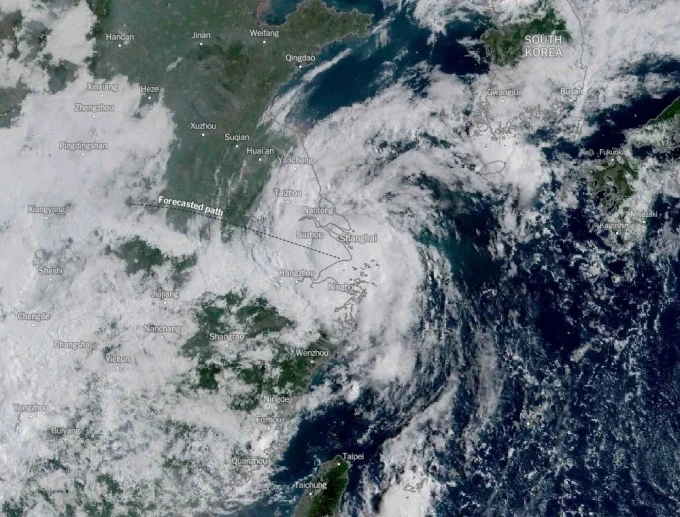
China has been rushing to take precautionary measures in response to Typhoon Bebinca. The National Flood and Drought Prevention and Control Headquarters has activated a level 4 emergency response mechanism for the eastern province of Anhui, while Shanghai and Zhejiang have raised the response level to level 3. Working groups have been dispatched to Shanghai and Zhejiang to help mitigate the impact of the 13th typhoon to hit China this year.
According to the Ministry of Emergency Management, a rescue force of more than 3,000 people, nearly 1,000 sets of rescue equipment and five helicopters have also been mobilized to coastal localities to be ready to respond to any situation.
Earlier on September 15, the Shanghai government also decided to cancel hundreds of flights at the two main airports, Pudong and Hongqiao. Shanghai Railway Station also suspended some rail services. Some ferry services were also suspended. Many resorts in Shanghai, including Disney Resort, Jinjiang Amusement Park and Shanghai Wildlife Park, also temporarily stopped receiving guests.
Before sweeping through Shanghai, Typhoon Bebinca affected the Philippines on September 13, bringing heavy rains that caused flooding, gusts of wind that knocked down trees, killing at least 6 people, forcing 13,000 to evacuate, and causing damage to the country's railways and infrastructure.
VIET LE
Source: https://www.sggp.org.vn/thuong-hai-trung-quoc-hung-bao-manh-nhat-trong-75-nam-post759275.html






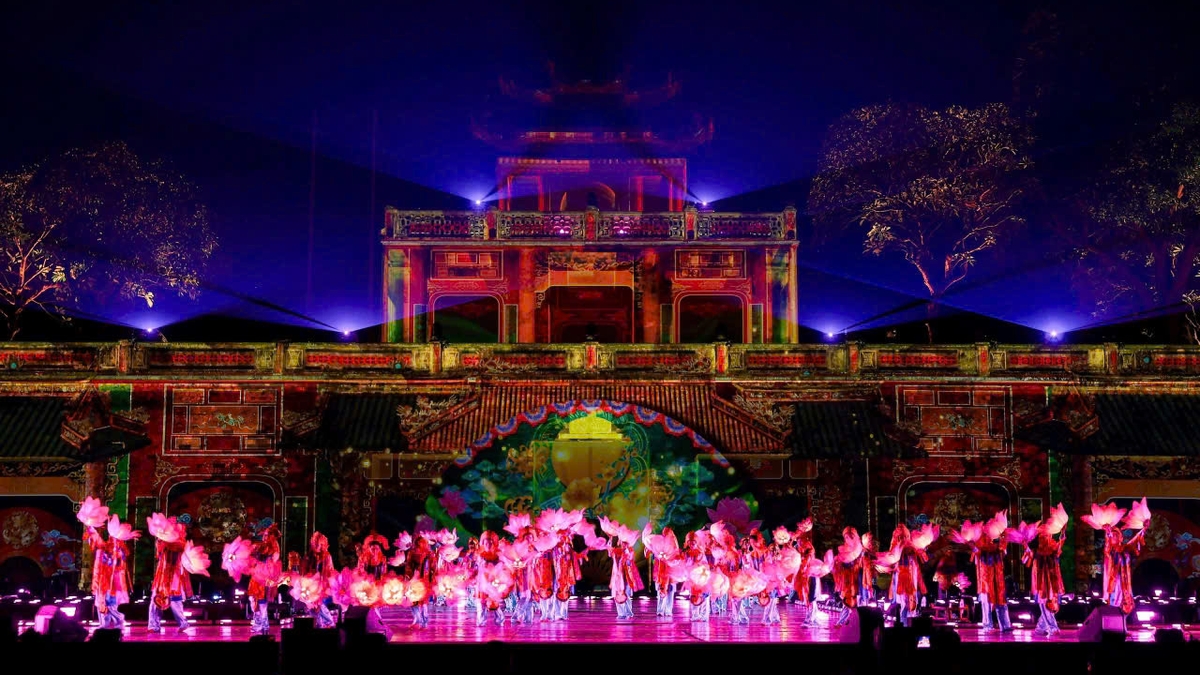
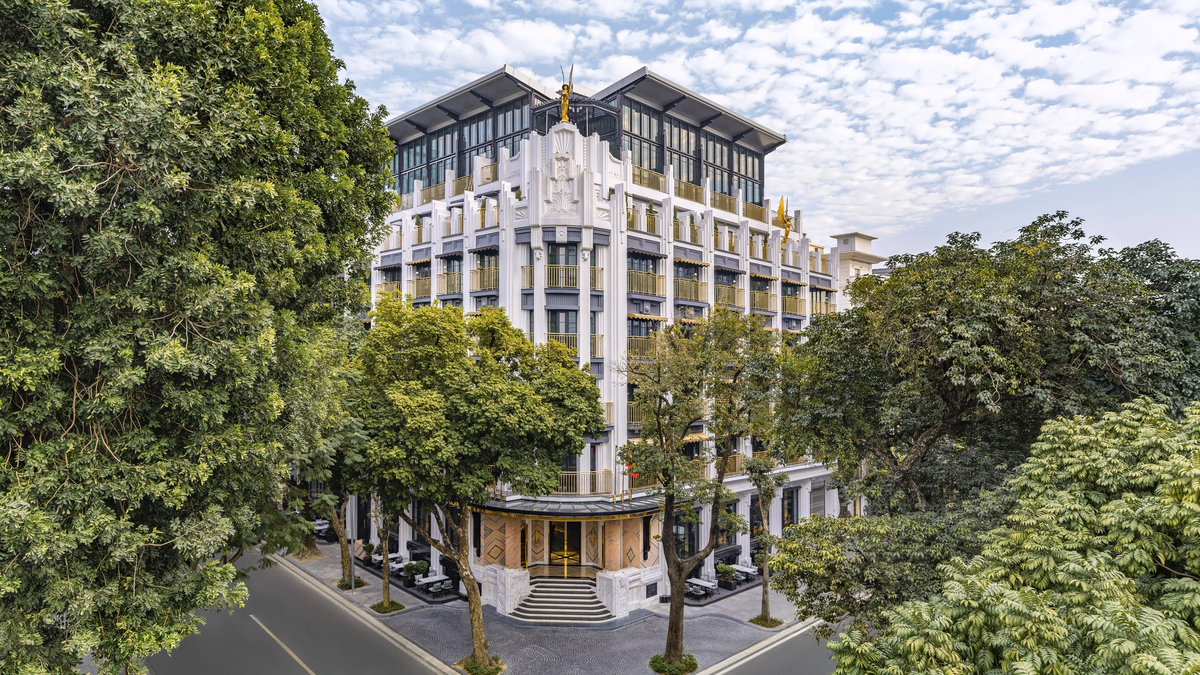


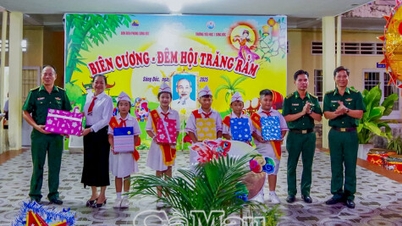



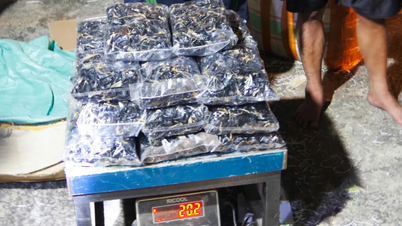
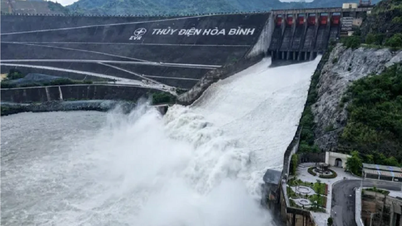






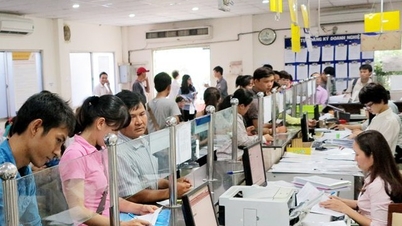
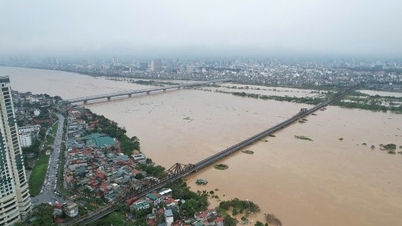
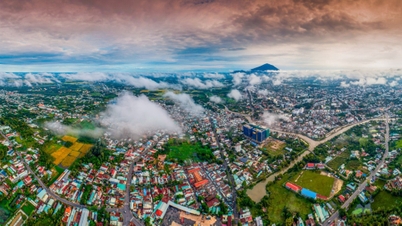





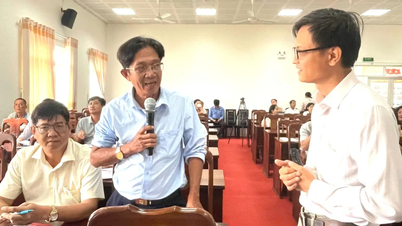
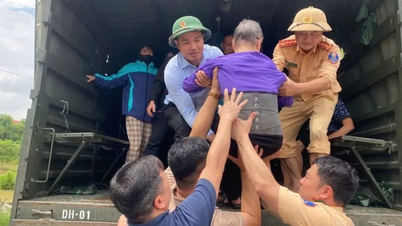


































































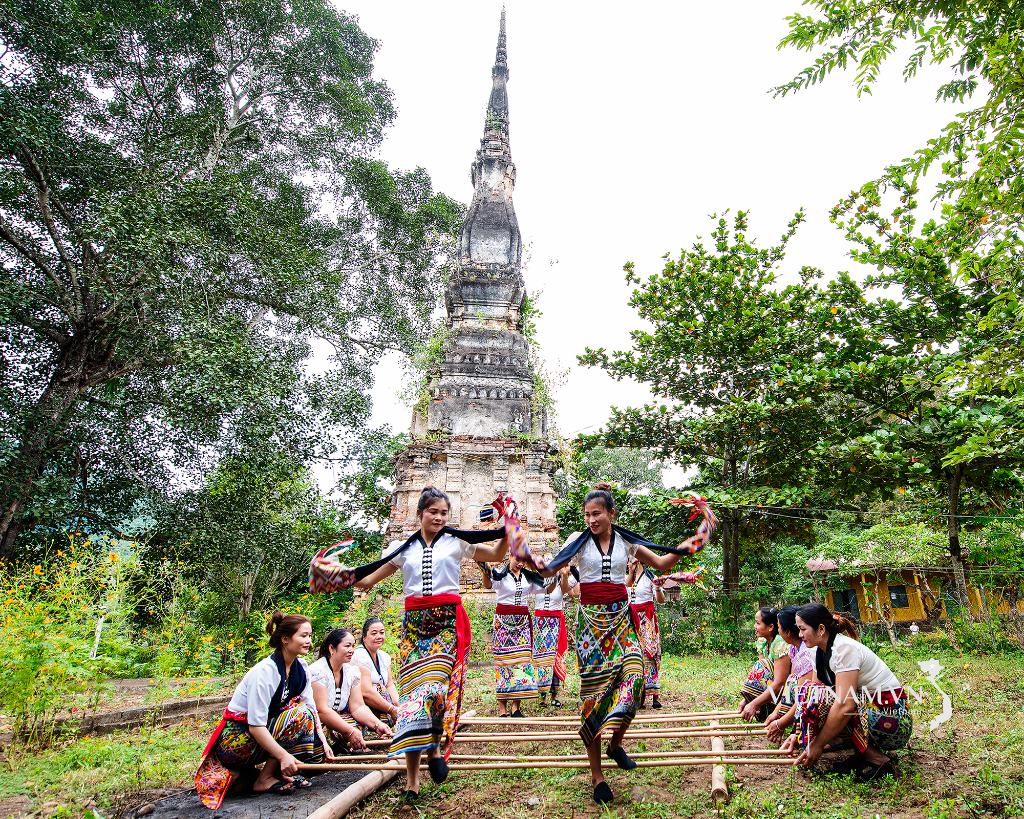

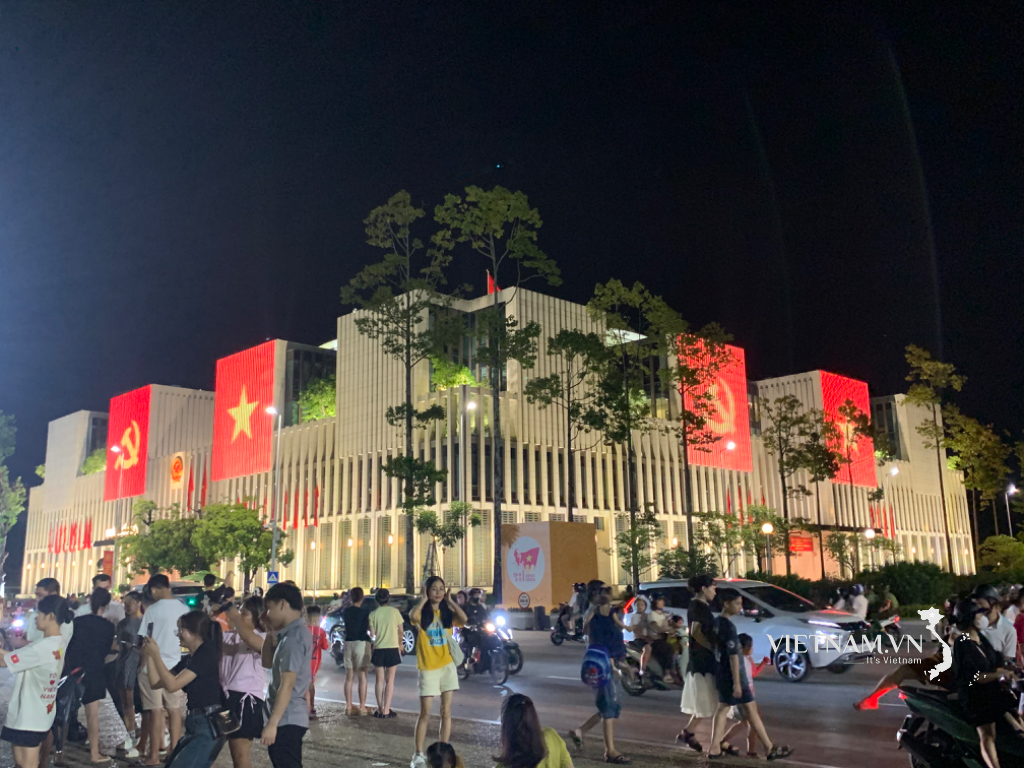
Comment (0)